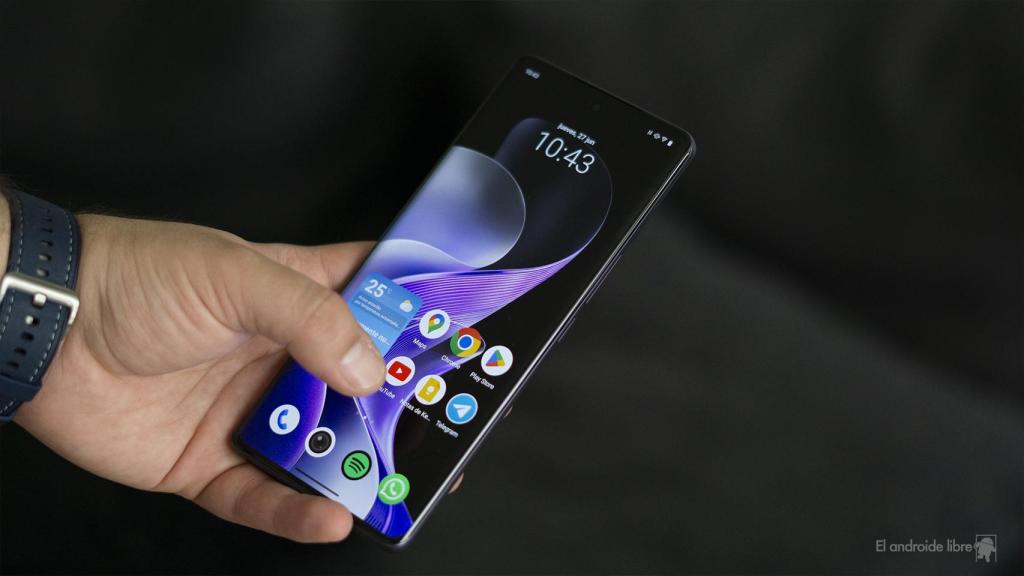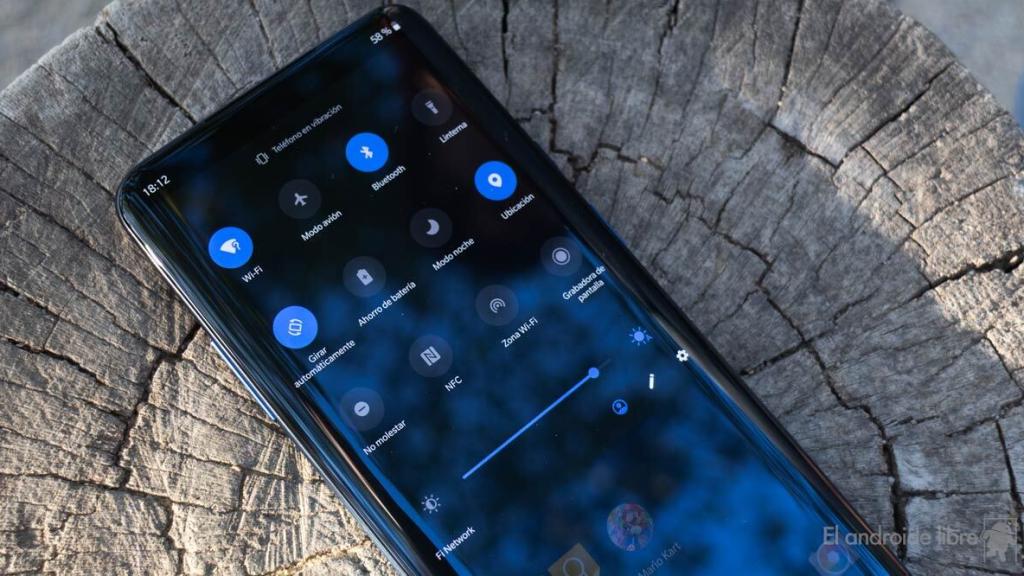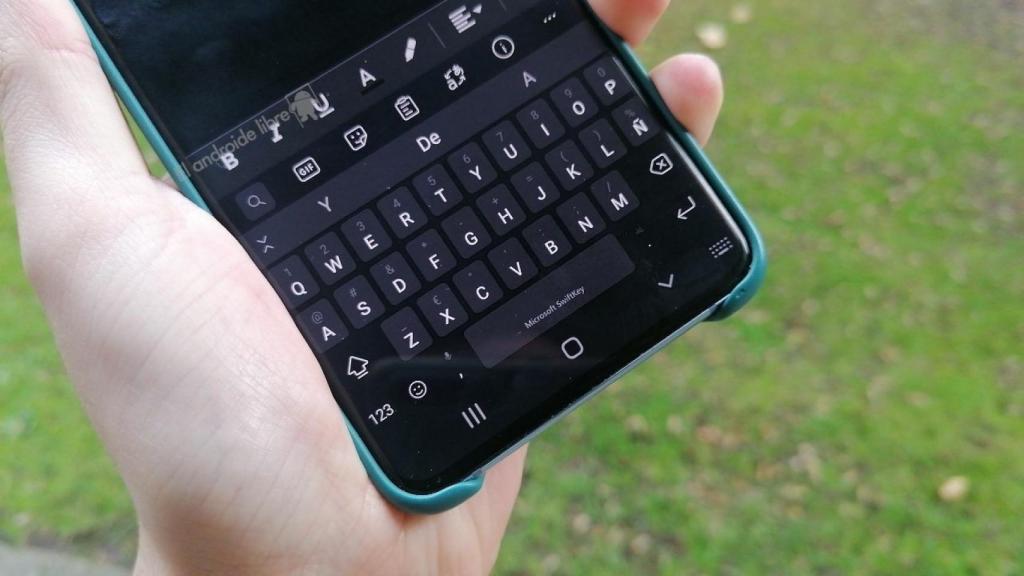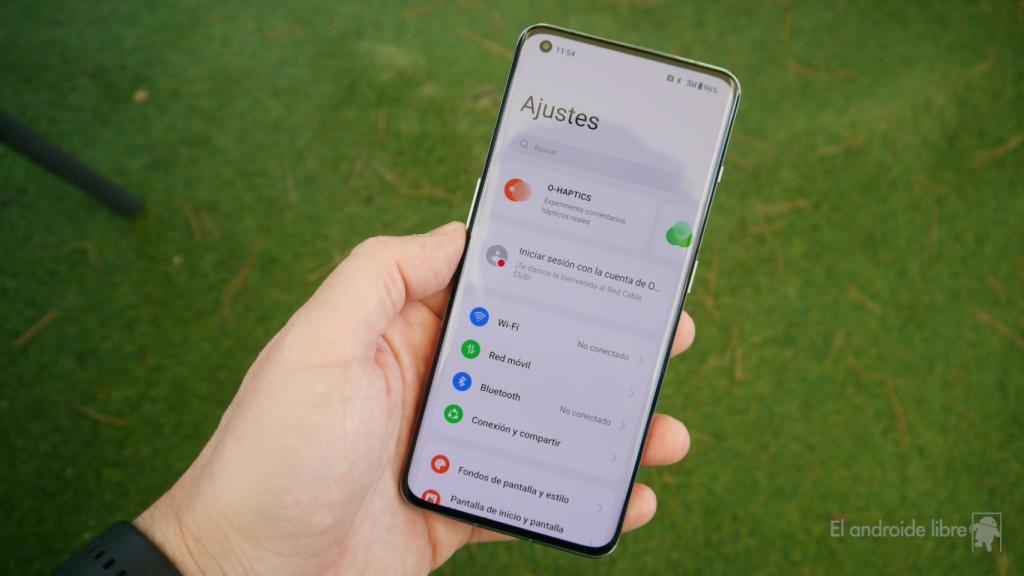Summer can be a hostile season for our mobile and electronic devices, so it is advisable to be very careful during this season. In Spain, the sun can be a determining factor, not only because of the heat, which can damage electronic devices, but also because of the difficulties it can cause in viewing.
When we try to use a screen illuminated under the sunlight, it is possible that it does not display correctly, or at least not as well as when it is turned on under normal circumstances.. This may be due to several factors, and depending on each mobile it may be possible to improve the experience it offers.
The maximum brightness that each screen can reach is determined by the model it is. This brightness level is measured in nits, and the more nits a display has, the better it will look when we are away from home.since the more it will be illuminated. These maximum nits of each display cannot be increased.
When talking about the display technology. OLED or AMOLED displays are generally better. rather than an LCD screen. This is because the former have a higher level of brightness, and the fact that their black colors are displayed by turning off the pixels makes it purer and presents a higher contrast with light colors.
However, it should be noted that not all OLED or IPS displays are the same. As with everything else, there are high-end models and low-end models, so the best we can do is to look at their specific performances and their maximum brightness level and average brightness level.
Basic: clean the screen
There are numerous tips that, while not going to significantly improve the experience, can prevent the experience from getting worse. First and foremost, clean the screenThe first and most important thing is to clean the screen, as dirt can cause reflections that make it difficult to see some areas depending on how the light hits them.

VIVO V40
The Free Android
Another thing to keep in mind is that polarized sunglasses can affect the viewing of the mobile screen, causing an effect that darkens the screen and prevents us from seeing the cell phone properly. if we do not have it right in front of us. Whenever you are wearing glasses and you are seeing the cell phone poorly, try removing them or centering the device more.
In the same way, poor quality screen protectors can also cause reflections that make it difficult to see the screen in these situations, so it may be a good option to remove them or opt for one of better quality.
The problem of brightness
As we have said, it will not be possible to exceed the maximum brightness level offered by the display in any way, and this will only be achieved in situations in which the mobile detects that a light is shining on it. and that it may be difficult to see its contents. Automatic brightness can be an interesting option if you are constantly going in and out of indoor spaces.
Basically, this option is responsible for regulating the brightness without the user having to do anything. This regulation will be carried out depending on the brightness detected in the environment through a sensor that is usually at the top of the screen. This way it will adapt to each place where we are to offer us the most recommended brightness level.

Review of the OnePlus 7T Pro, a real beast dressed in blue
Although this is set to automatic, it is still possible to modify its intensity from the notifications bar, and it is convenient to always have it at maximum when we are in outdoor spaces. When the full sun shines on them, the cell phones of some brands even increase the saturation a little more. color saturation to make viewing easier.
There are some customization layers that have options dedicated to improve some sections of the screen that will make it look better when we take the phone outside on a sunny day. OneUI, Samsung’s customization layer, is one of those that has these options.
If we access Settings and go to the Screen section, it will be possible to activate an option called Extra Brightness. This will increase the maximum limit to which the device allows to set the brightness to offer a plus of performance in this sense. In exchange, however, it will consume a greater amount of battery, so it will be necessary to assess whether it is worth the higher cost at any given time.
Say no to dark mode
The dark mode was implemented on Android several generations ago, and the truth is that it has been a resounding success, since it there are many applications that have adapted to offer an alternative in terms of design with a darker interface that can be changed at any time.

Android mobile with dark mode
This can be very useful to save battery if we have an AMOLED screen, since by its way of representing black, it gets a better autonomy. But it is also very useful for using the mobile at night, a time when the light emitted by the screen can be annoying.
However, it is not not at all advisable to use this interface mode in the street and under the sun.It can be much more difficult to navigate the interface. The contrast can even make it difficult to read, so the best option is to leave the dark mode off if it is not dark. It is also possible to program it to turn on and off automatically.
Saturated colors
Regardless of the display technology, Android manufacturers usually provide an option within Settings for. change the color rendering mode offered by the panel. Basically, users can choose whether they are looking for a natural color experience or a slightly saturated color experience.
In the latter case, the colors will be somewhat more vivid. For situations where we can’t see well because of the sun, it is recommended to choose this option for that everything displayed on the screen will stand out more. A higher contrast level can help us to better distinguish some elements on the screen.

Android Settings
El Androide Libre
In fact, there are some manufacturers that integrate in their devices the action of automatically raising the saturation and contrast of the elements on the screen when it detects a large light source pointing at it. This can also make it easier to distinguish what’s on the panel.